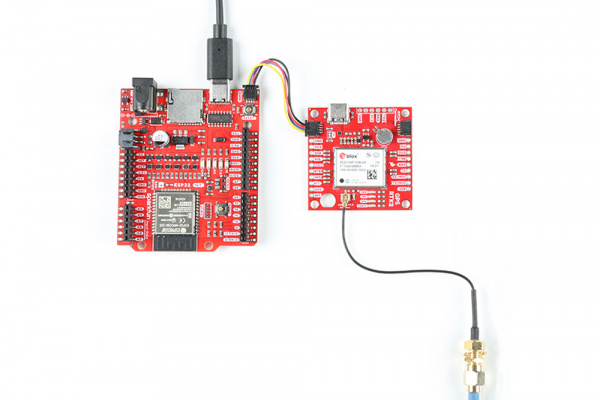Getting Started with u-blox Thingstream and PointPerfect
Hardware Hookup
To add GNSS correction data to your high precision GNSS receiver like the ZED-F9P, you can connect any of the serial ports between the two boards. If you are using SPI to connect, just make sure to enable the SPI port by adding a solder jumper to the SPI jumper pads. For an embedded application, we recommend adding an ESP32 to the setup. The ESP32 will allow you to use the Thingstream PointPerfect over Internet Protocol (IP) using MQTT.
Below is one example to connect using the I2C port and Qwiic. Simply insert a Qwiic cable between the ZED-F9P and Arduino microcontroller's Qwiic connectors. Plug in a compatible antenna with SMA connector to the ZED-F9P. For the ZED-F9P, you will need the multiband antenna that is capable of receiving L1/L2 bands. For boards that have a u.FL connector, make sure use a u.FL to SMA adapter cable. Secure the connection on both antennas using the hex nut until it is finger-tight. For power, we will use a USB-C cable to power the ESP32 development board. You can also use this cable to connect each breakout to your computer when using the u-blox u-center software.
For users going the MicroMod route, you will just need to insert the board(s) into the M.2 socket and secure the boards with the screw. Then insert the USB cable and connect a multiband antenna into its respective connector. Note that you may need a second USB C cable to update the firmware on the ZED-F9P. For more information about connecting a MicroMod board to the M.2 connector, make sure to checkout their respective hookup guides.
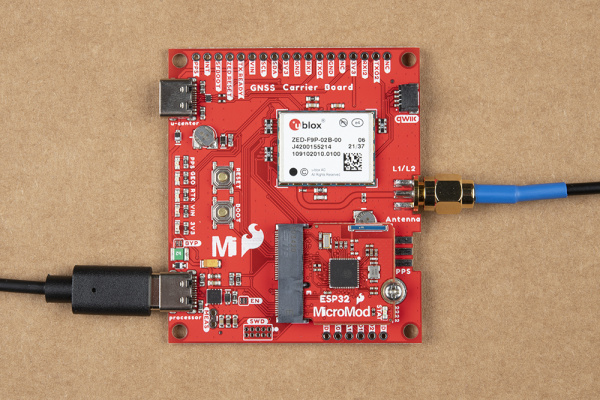 |
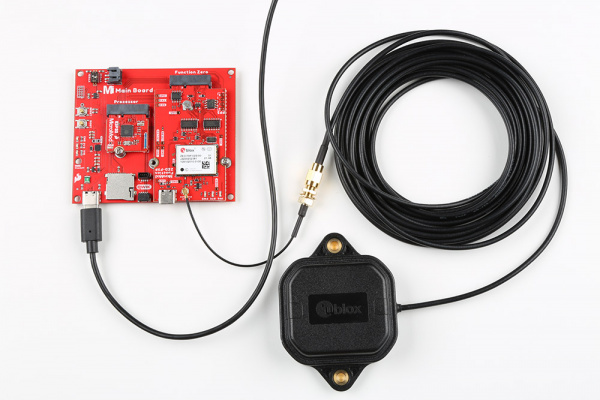 |
| MicroMod ESP32 Processor Board inserted into MicroMod GNSS Carrier Board. | MicroMod ESP32 Processor Board and MicroMod GNSS Function Board (ZED-F9P) inserted into MicroMod Main Board. |
For users with the GNSS Multi-Band Magnetic Mount Antenna - 5M (SMA) or the MagmaX2 Active Multiband GNSS Magnetic Mount Antenna - AA.200, we suggest placing the antenna on the antenna ground plane to improve the GNSS antenna's perfomance. Of course, if users received the GNSS Multi-Band L1/L2 Surveying Antenna (TNC) - TOP106, there is already a ground plane embedded in the antenna's design! Just make sure to secure the adapter cable on the GNSS Multi-Band Surveying Antenna to the SMA connector. When you are ready, mount the antenna to a monopod, tripod, or your preferred surface.
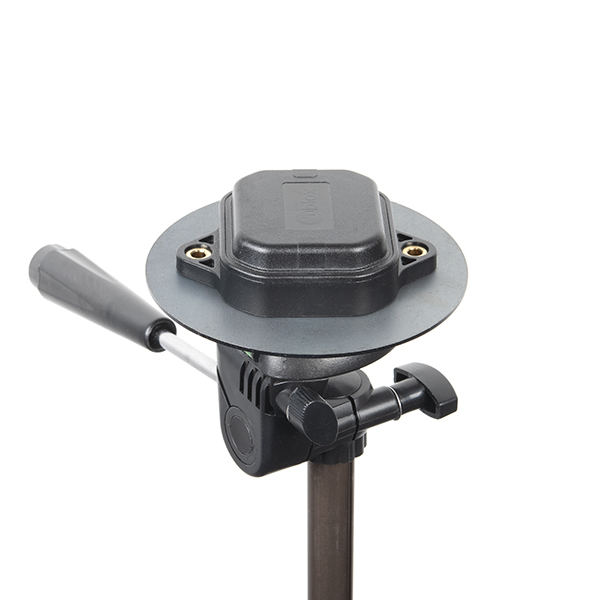 |
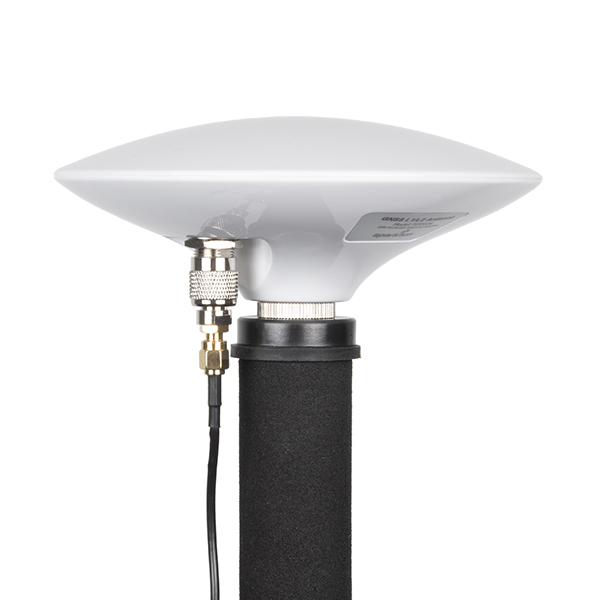 |
